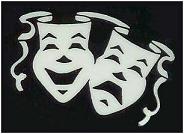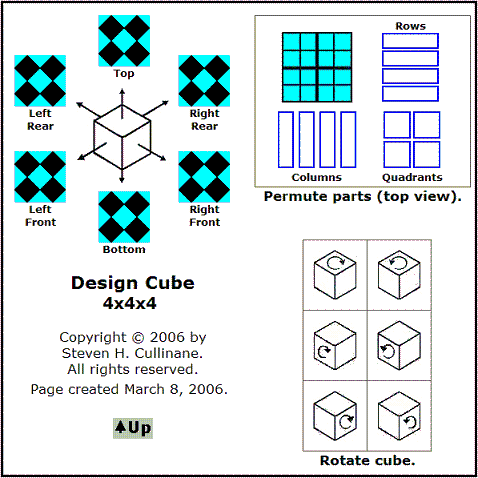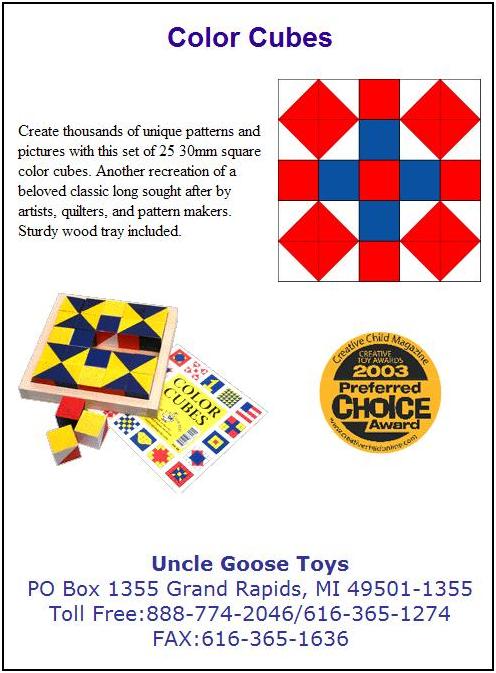The December 2012 Notices of the American
Mathematical Society has an ad on page 1564
(in a review of two books on vulgarized mathematics)
for three workshops next year on “Low-dimensional
Topology, Geometry, and Dynamics”—

(Only the top part of the ad is shown; for further details
see an ICERM page.)
(ICERM stands for Institute for Computational
and Experimental Research in Mathematics.)
The ICERM logo displays seven subcubes of
a 2x2x2 eight-cube array with one cube missing—

The logo, apparently a stylized image of the architecture
of the Providence building housing ICERM, is not unlike
a picture of Froebel’s Third Gift—

© 2005 The Institute for Figuring
Photo by Norman Brosterman from the Inventing Kindergarten
exhibit at The Institute for Figuring (co-founded by Margaret Wertheim)
The eighth cube, missing in the ICERM logo and detached in the
Froebel Cubes photo, may be regarded as representing the origin
(0,0,0) in a coordinatized version of the 2x2x2 array—
in other words the cube invariant under linear , as opposed to
more general affine , permutations of the cubes in the array.
These cubes are not without relevance to the workshops’ topics—
low-dimensional exotic geometric structures, group theory, and dynamics.
See The Eightfold Cube, A Simple Reflection Group of Order 168, and
The Quaternion Group Acting on an Eightfold Cube.
Those who insist on vulgarizing their mathematics may regard linear
and affine group actions on the eight cubes as the dance of
Snow White (representing (0,0,0)) and the Seven Dwarfs—
 .
.




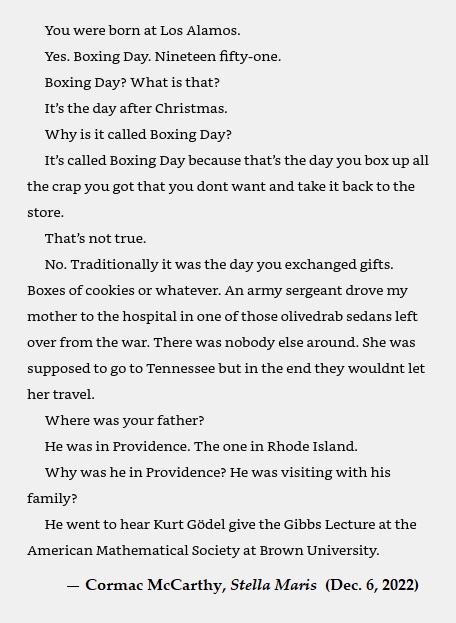





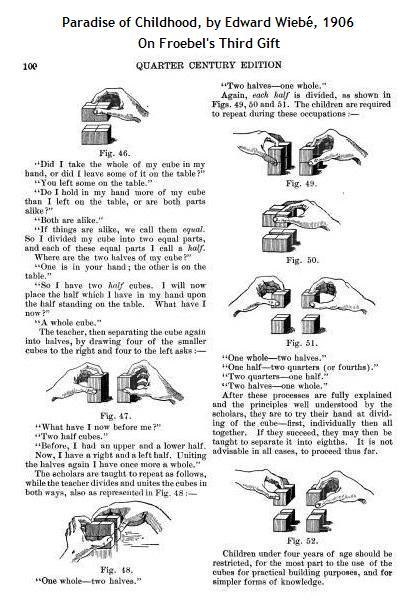



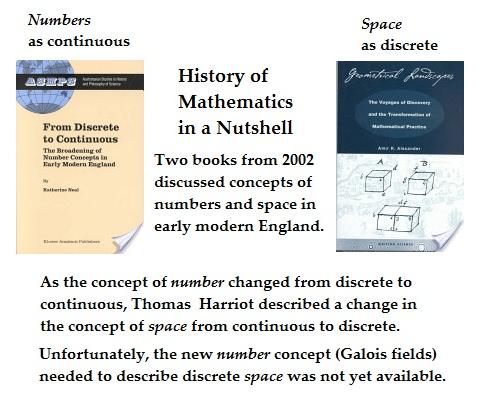


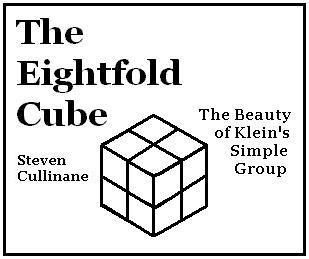


 .
.
